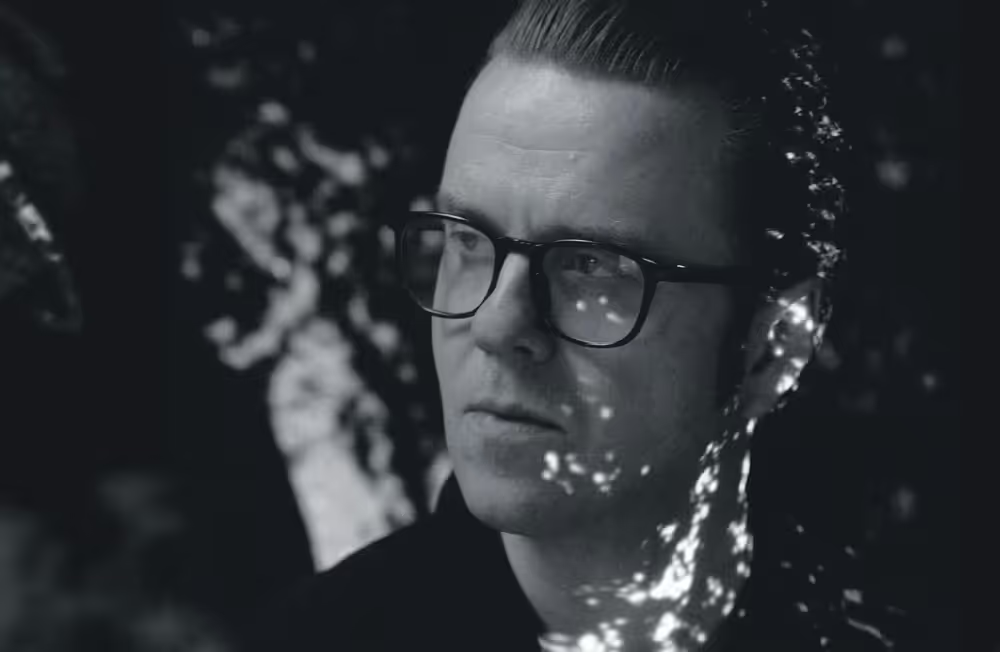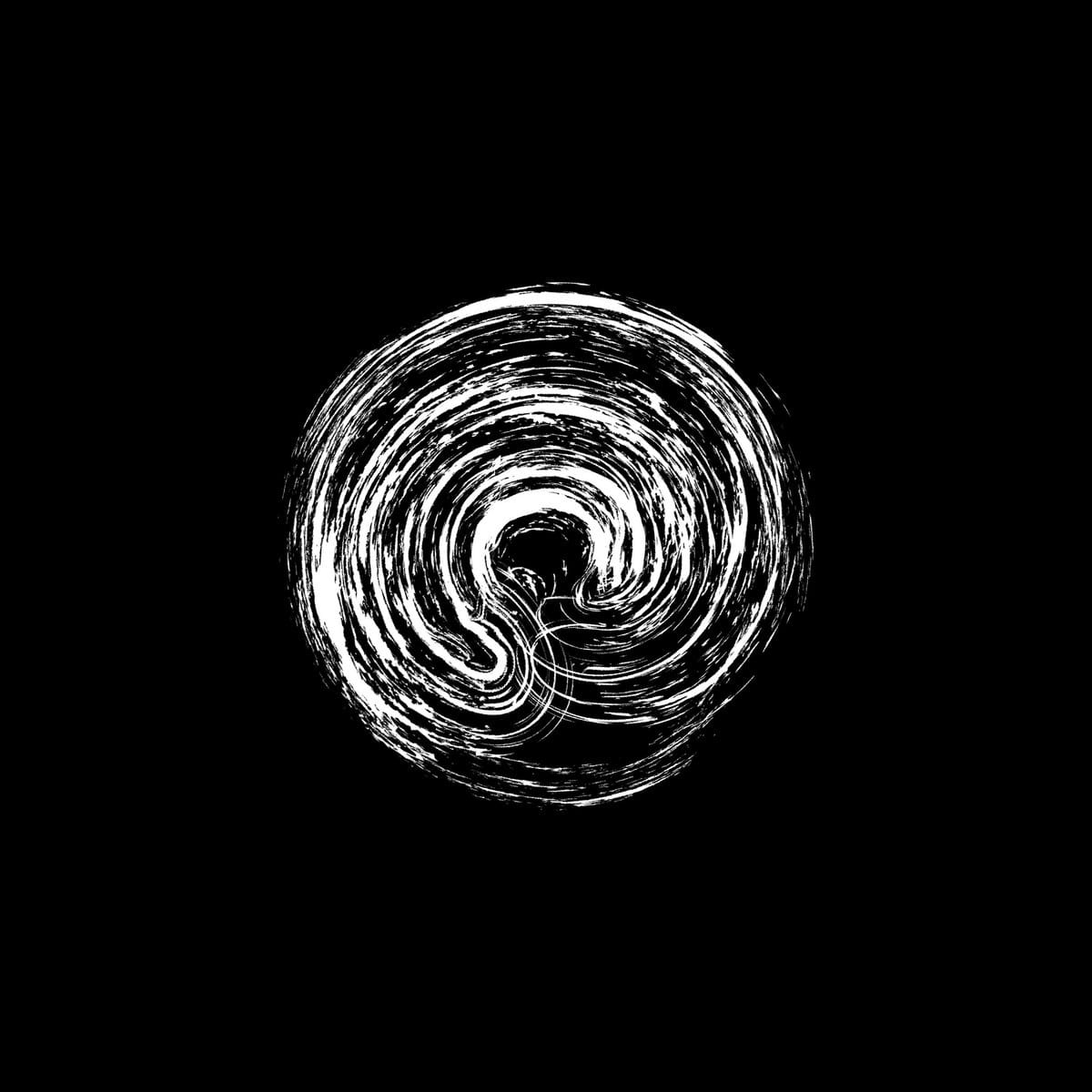Ola Kvernberg: a symphony of emotions called Steamdome III

One of the qualities of artistic creation is making absence a central element of the work. In the case of instrumental music, where there are no words, listeners face a double process: imagining what was in the composer's mind at the time of creation and integrating the compositions into their universe, where the notes expand and contract at will. In nonexistence resides the wealth for those who make curiosity a way of life.

The narrative figure has never been limited to verses. Through his compositions, Ola Kvernberg demonstrates that emotions can be amplified through diverse musical instruments. "My ambition with this piece is to create something that resonates beyond a single audience,' he explains. 'With Steamdome III, I aim to make this journey resonate with a broader audience: I want to act as a translator between musical worlds. Drawing from my experiences in classical and other genres, I apply that knowledge to evoke profound emotional responses. If people get goosebumps, that means everything to me."
To understand the significance of this work, we need to look back to 2016. "The first Steamdome, which eventually became Steamdome I, was a limited-time project, reflecting whatever I was into back then. However, after maybe 20 or 30 gigs, it became apparent that this was my new working band, as we like to call it in the jazz world." Over eight years of continuous progression, Ola now presents part three of this series with a crucial element: the participation of the Trondheim Symphony Orchestra. "That decision brought a flood of ideas because having an orchestra at my disposal was a lifelong dream."
Steamdome III has the necessary elements to become the soundtrack for anyone willing to expand their musical horizons. "Although it has elements of familiarity, it hopefully takes listeners to unexpected places they might even enjoy." The album is divided into three parts, where the orchestra as well as the band transition from darkness to light and from the futuristic to the mystical. "The first movement is The Purple Jack; it's in six parts, but I see it as a whole. These tracks were inspired by the world's tallest man, Robert Wadlow, who lived in the 1920s and was 2.72 meters tall. Purple Jack is a tall, skinny guy, equal parts scary and fun. He wears a hat and carries a briefcase. This whole section is about him bringing you along on a trip, no matter what Purple Jack means."
Curiously, a movement with such a complex musical structure is inspired by the height of a man who lived over 100 years ago. However, that mysterious and tall figure shields him from creative boundaries when writing. "Composing is very much like chasing the white rabbit. You don’t know where to start, so keeping it fun is crucial." Many years have passed since Kvernberg began playing songs on the violin, but he strives to maintain the spirit that accompanied him during those years. "The importance of having fun in music brings me back to when I was a kid. I would practice a lot and then go to folk music gatherings to just play and learn tunes from old guys at festivals. This was the most fun I had, basically jamming with them. Being grown-up is serious enough, so I cling to the idea that there’s no reason why music shouldn’t still be fun."
A sense of ownership is crucial for musicians. When performers feel a personal connection and understanding of what they're playing, it significantly enhances the music's quality. This sense not only improves performance but also resonates more deeply with audiences.
Aware of the inherent possibilities of instrumental music, Ola experiments with rhythmic structures to captivate his audience. "The function of Intermezzo, the second movement, was to clear the air and breathe after the complexity of the previous tracks. As the piece unfolds, it incorporates many clear references to Latin American rhythms, giving it a more traditional feel. The piece has an essence of elevator music quality, which some might see as a negative aspect; however, my intention was for it to sound like the wrong band playing at the wrong wedding. There's a section in the middle that stirs everything up, ensuring it doesn't end up as mere background music."
Amplifying emotions and crafting the sonic atmosphere are fundamental to Ola's creative process."In scoring movies, I've learned to apply dogmas—like the exact piece lengths and emotional frameworks dictated by visuals—to my projects." These rules and limitations coexist harmoniously with the transcendent element of spontaneity. "Jazz means everything to me. Growing up in a folk music family, I diligently studied classical violin, but discovering jazz was a personal breakthrough. The freedom and curiosity inherent in jazz, in its broadest sense as improvised music, have been transformative. It has led me to explore diverse and unconventional projects, exposing me to music I deeply resonate with. Playing jazz has made me collaborate with musicians I've never worked with before."
While composing allows time to refine and perfect, improvisation creates in real-time, allowing the audience to be part of a unique performance that will never be repeated. "My relationship with the audience is much like the concept of ownership I spoke about among musicians on stage. Ideally, everyone—both musicians and audience members—would feel 100% ownership of the performance. While this is unrealistic, it's an aspirational goal that guides my approach."
Within the musical canvas of the Norwegian multi-instrumentalist, there is a point of refraction where it is possible to perceive all the colors that make up his creative palette. It is there that all the instruments and machines come together to create this sonic epic. "Monolith was the first piece that came into existence when I started writing the album," he explains. "My initial goal was to find the maximum boundary, to see how far I could stretch this fusion between the orchestra and the band, and to find the point of critical mass. I wanted to reach the reddest part of the spectrum, to figure out where the maximum was. So, that's essentially the last movement."
Through freedom and curiosity, Ola Kvernberg avoids repetition. He ensures that each album in the series inhabits a shared universe while offering unique musical conditions. The beauty of Steamdome III lies in its complexity woven into rhythms and melodies that beckon us to adopt the music as if it were the soundtrack we need to narrate our lives.